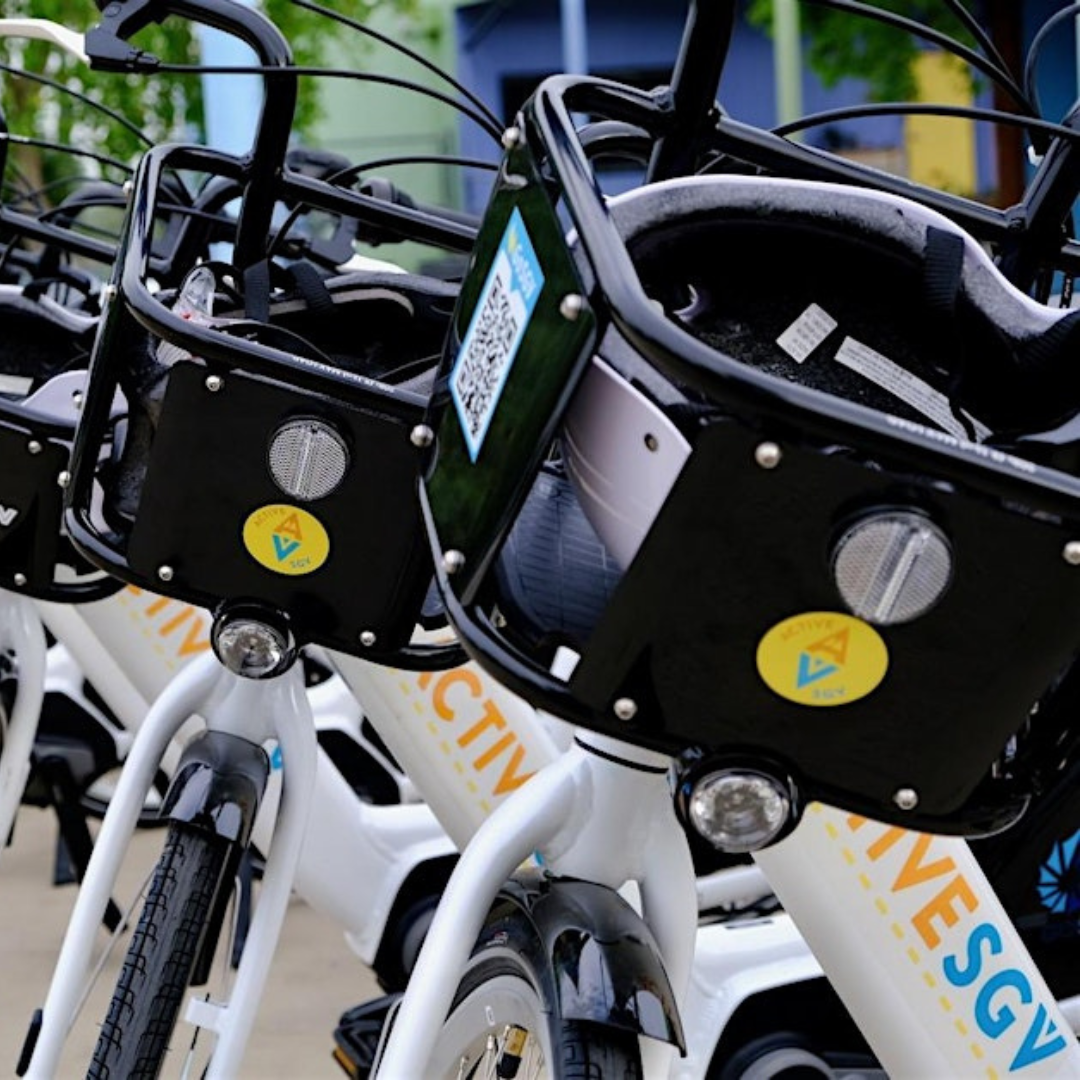We are disheartened to share that the GREEN SGV project was terminated by the current administration and is no longer moving forward. This has ended all associated projects, which were designed to promote climate resilience and reduce pollution across the San Gabriel Valley.
The premature cancellation of the three-year program affects key community initiatives that were funded by a $20 million grant from the U.S. Environmental Protection Agency. These projects encompassed a range of efforts, from planting trees and creating green schoolyards to installing solar panels and battery storage systems for low-income households. The end of this collaborative effort means these community-driven projects, which were the result of years of planning and engagement, can no longer move forward.
For those interested in the Rain Gardens program, please visit: www.activesgv.org/projects/rain-gardens.
For those interested in e-cargo/family bike vouchers, please visit www.gosgv.com



.png)




